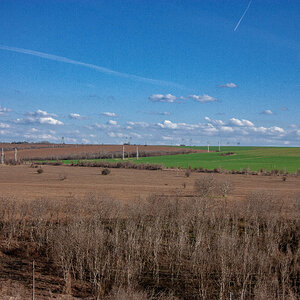blash
TPF Noob!
- Joined
- Nov 19, 2008
- Messages
- 599
- Reaction score
- 0
- Can others edit my Photos
- Photos NOT OK to edit
Get stuff that actually matters - like a solid state drive, to help alleviate the #1 bottleneck and cause of worse performance in any and every computer today. Get a 24" monitor so you can actually have a working space bigger than only being able to look at 10% of your image at one time.
Memory and processor speed is probably least important. Fact is, people were running Photoshop on dual-core processors just fine, and Photoshop doesn't take up 8 GB of RAM by far - more like 2 GB at most. Get 4 GB if you want to feel safe. So you'll take 5 mins to crunch something that would otherwise take you 3.5 mins - seriously, decide where your money is best spent.
I'd agree with most of of the rest of your post but this?. For a photo editing machine? Photoshop easily fills up 2gb. Running lightroom along side another GB is gone, got Vista? There's another down, and you've just managed to fill up 4GB with 1 image open. Given that RAM costs next to nothing why not get 8gb. How can you penny pinch on this and then spend a boatload of money on an SSD.
What does that bring you anyway? Photoshop and windows loads a few seconds faster then it's stored in ram, an image opens half a second faster then it's stored in RAM. If you're paging to the SSD then after a few weeks it dramatically reduces speed. (Windows 7 I believe has/will have support for newer instructions to prevent this) The cost of SSDs is ludicrous, and completely unjustified for photoediting applications which will only ever page to the hdd when they run out of ram.
Running filters? Photoshop is fully threadded these days. Running high quality noise reduction is a painfully CPU intensive process on large images.
A budget is a budget is a budget. That said, if you look at the actual pseudo-setup I recommended, I priced in 4 GB. But looking at Newegg right now at DDR3 prices, 8 or 12 GB of RAM goes for $225 -$250 or so. That's a significant chunk out of a budget system. Of course, if I had two or three thousand dollars to work with here, putting in 12 GB would be the first thing I'd do, if only because Vista and Win7 eat up anything you throw at them because of stuff like precaching.
That said, for pure photo work, especially on a budget there's not much reason to run bloated Vista right now - maybe Win7 when it comes out. I also don't know how large you're scanning your film, but for the images that come out of my D80 2 GB is just fine.
The reason why an SSD is relevant is simple - no moving parts. For the processor to complete an instruction will take no more than, say, a microsecond - 10 to the -6, if not quicker. Hard drive access times are measured in milliseconds - 10 to the -3. That means that the processor has to wait for one thousand steps doing absolutely nothing while it waits for the head to move across the disc platter. This is the absolute biggest bottleneck in your computer for anything that you do because everything accesses the hard drive for something during it's operation. SSD's have no physical head though so they can respond much quicker and keep the system moving. It's more than a simple benchmark can show, yes your boot times will improve and yes pagefile performance will improve but the difference is in the improved feel you get in your day-to-day usage.
And on the CPU comment; again, budget. Again, I don't know what size images you're working with, but like I said, 3.5 minutes versus 5 minutes isn't that big of a difference. I'd like to spend $1,000 on the newest Intel unlocked processor but I just specced a whole computer for less than that.
So to sum up, yes I do realize that the machine I specced is very limited. But it's also very cheap for what it does and for the budget, I believe that it offers a superior experience to a factory box that would go for a similar price, especially a Mac of a similar price. (keep in mind, the cheapest iMac is $1200 and does not include 4 GB of RAM - the cheapest 24" is $1500, or 50% more than the price of my machine without the bamboo tablet, and both machines only have 2 processor cores - my specced machine has 3. The cheapest computer Apple sells now is a $1,000 MacBook that does not have the same 4 GB of RAM and also is limited to 2 processor cores. In the case of the iMac, the cheaper $1200 only has 1 320 GB drive, not a second linked in RAID 1, and even for the $1500 version I think I'd prefer the two 320 GB drives in RAID 1 over a single 640 GB drive. Oh yeah and the SSD is also included in my build.)


 ) and yes, there's different ways to create a budget spec according to priorities. The main priorities I really had there were for the 24" screen and the Wacom tablet, and if I could've priced in a 30" screen I would have.
) and yes, there's different ways to create a budget spec according to priorities. The main priorities I really had there were for the 24" screen and the Wacom tablet, and if I could've priced in a 30" screen I would have.![[No title]](/data/xfmg/thumbnail/37/37607-69784b19e25bd0ba68e92ff4cfdfa8ff.jpg?1619738148)

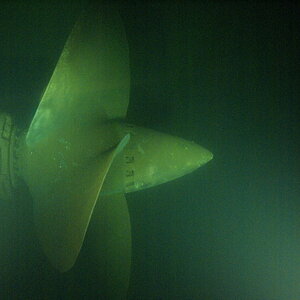
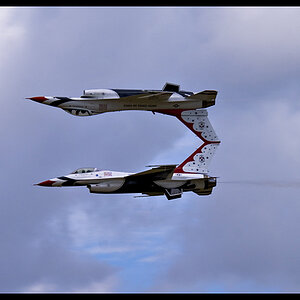
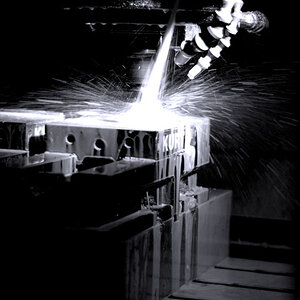


![[No title]](/data/xfmg/thumbnail/42/42494-ba608b57b09b00c0ee005a2360a510f5.jpg?1619740198)
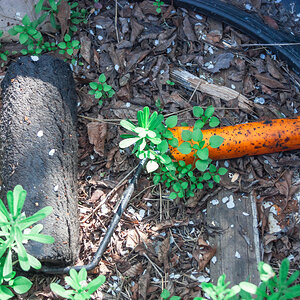
![[No title]](/data/xfmg/thumbnail/31/31086-ae0d6678ca78859132ce5375d5300961.jpg?1619734602)
![[No title]](/data/xfmg/thumbnail/37/37608-63b0d340b0972479217b548a4026df96.jpg?1619738149)
